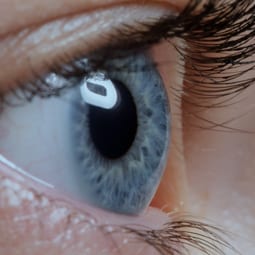Different Types of Glaucoma
Open-Angle Glaucoma
Open-angle glaucoma is the most common type of glaucoma, accounting for 90% of all cases.
The aqueous humour supports the structure of the eye between the cornea, iris, and lens and supplies nutrients to the areas of the eye that lack blood supply. The aqueous replenishes and drains through the eyes’ drainage system.
If the drainage angle remains open, but the trabecular meshwork becomes blocked, fluid transfer slows, and pressure inside the eyes build up. This pressure causes damage to your optic nerve. It’s barely noticeable, but when you do, it might be too late to save your vision.
Angle-Closure Glaucoma
The drainage canals between your iris and cornea provide the most pressure relief, as long as the angle in the canals’ openings remains clear. But if this angle closes, fluid from the aqueous chamber can’t drain, leading to high-pressure levels that require immediate intervention.
Angle-closure glaucoma is an eye emergency. Please contact us immediately if you experience the following symptoms:
- Severe headache
- Eye pain
- Nausea and vomiting
- Blurred vision
- Halos around lights
- Eye redness
Normal-Tension Glaucoma
Normal-tension glaucoma is relatively uncommon. Patients with normal-tension glaucoma experience optic nerve damage, but without increased intraocular pressure.

















